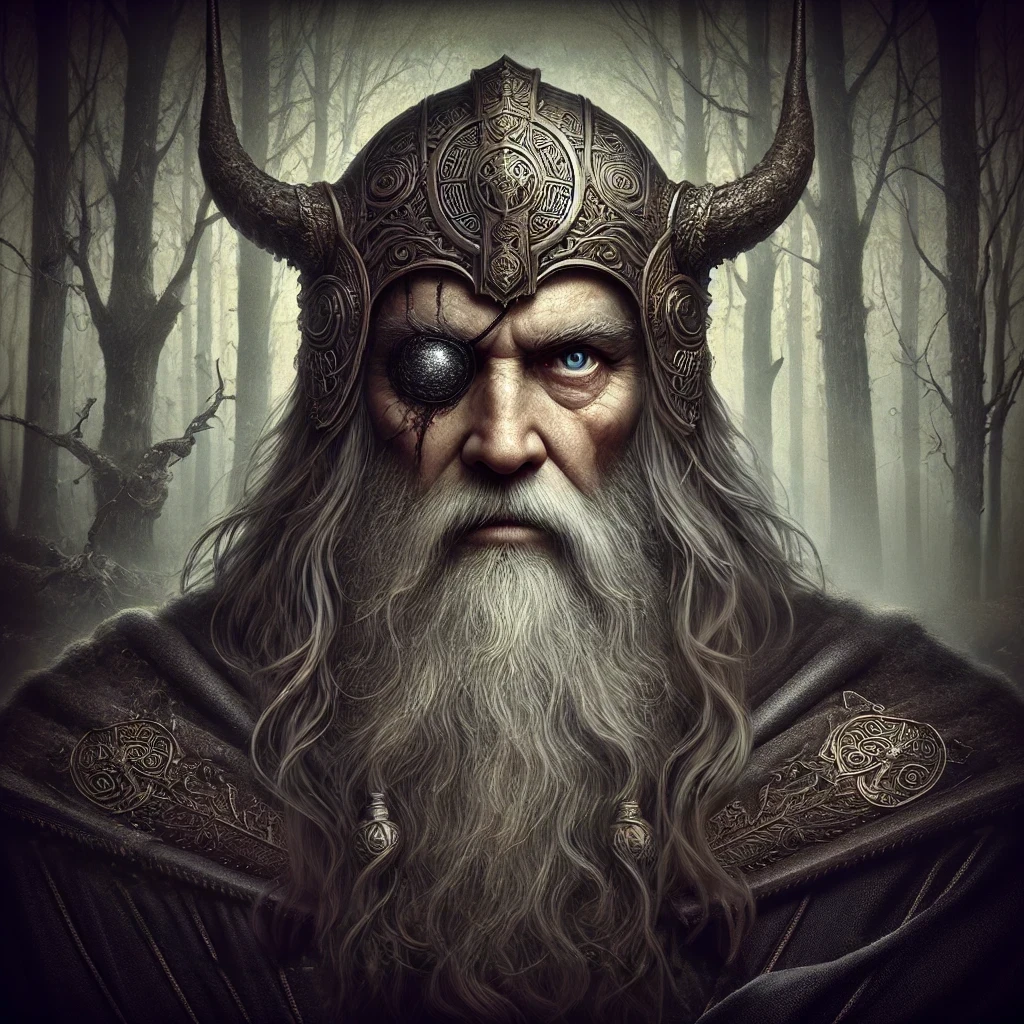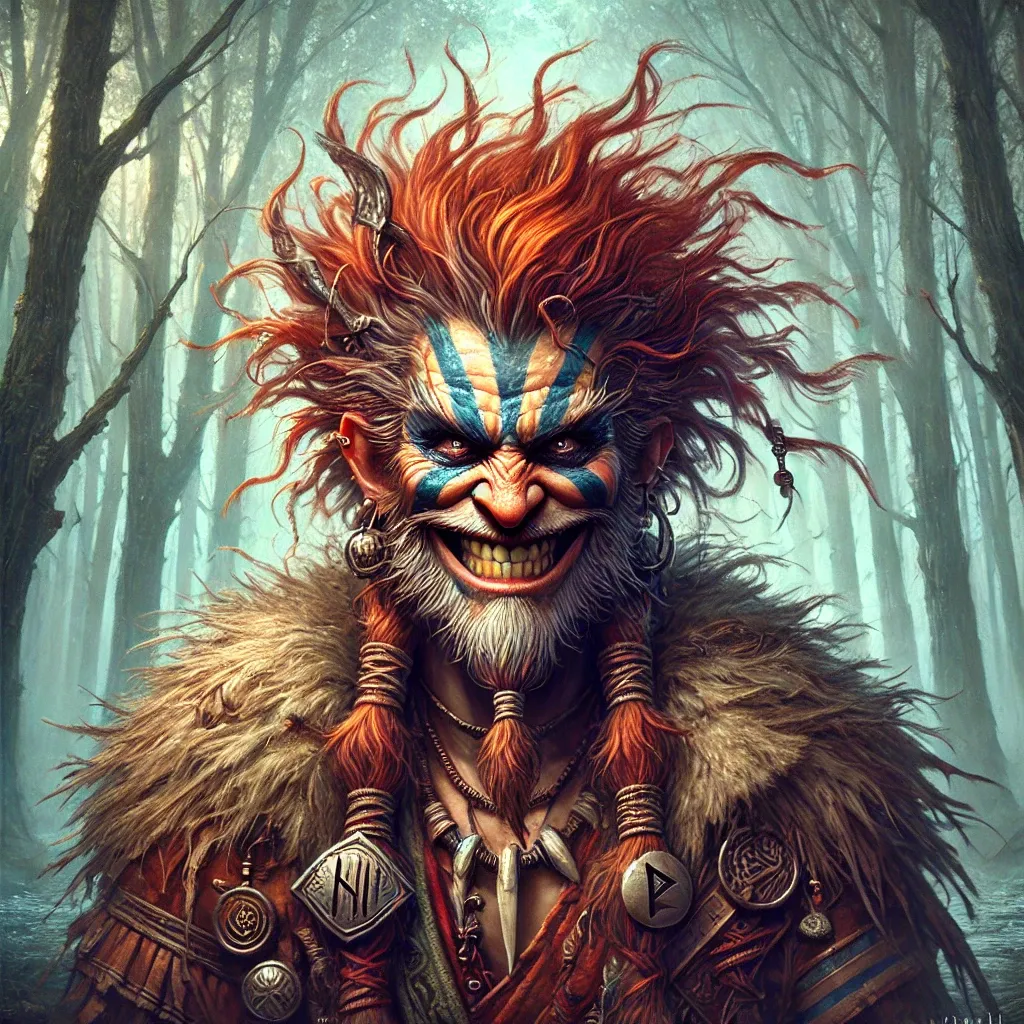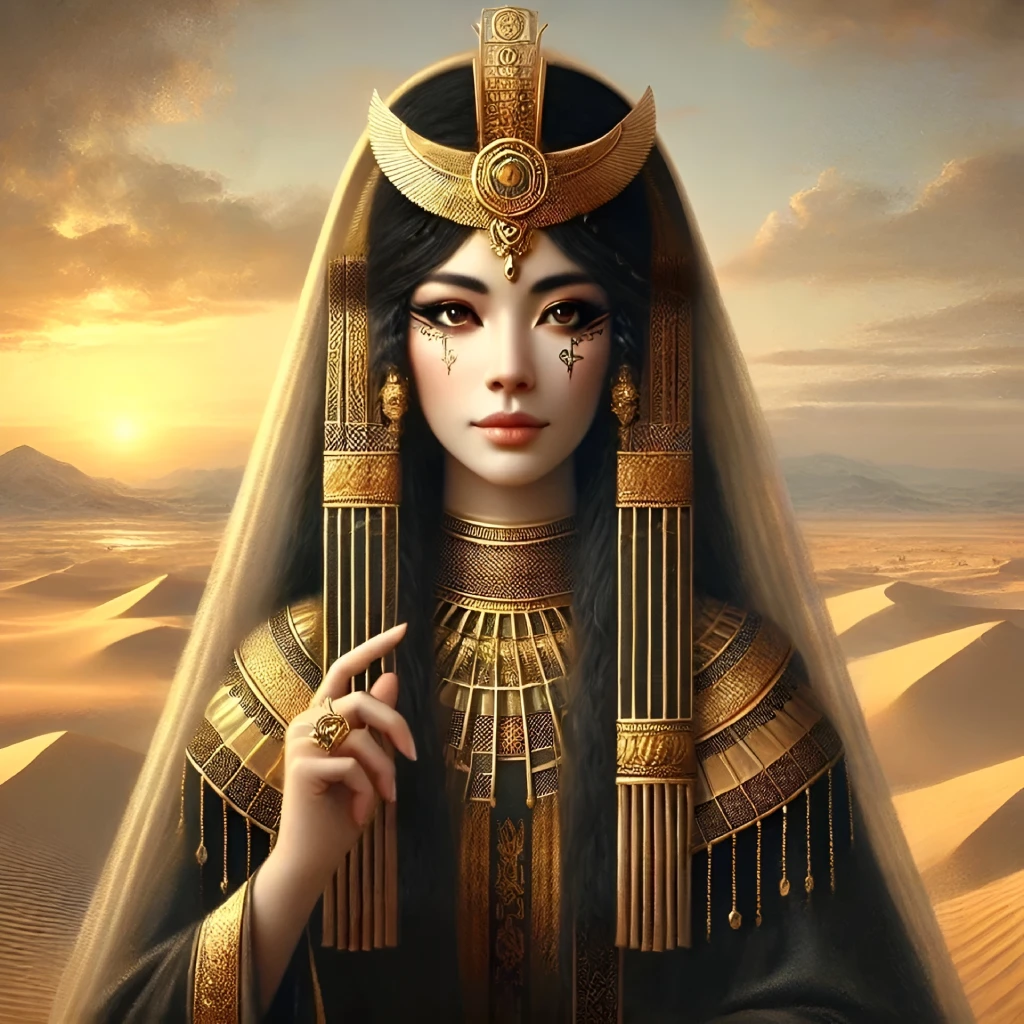Odin, the All-Father of the Norse pantheon, stands as one of the most revered and complex deities in ancient Germanic mythology. Known for his wisdom, sacrifice, and relentless pursuit of knowledge, Odin’s influence spans across myths, cultural history, and religious practices. As the ruler of Æsir, Odin embodies the archetype of a wise and cunning leader, making him a central figure in the Norse worldview.
Historical & Cultural Background
Odin’s origins are deeply rooted in the mythological and cultural traditions of the Germanic peoples. His worship dates back to the early Germanic tribes of the first centuries CE, evolving into a prominent figure in the Viking Age (c. 800–1100 CE). Historical sources, such as the Prose Edda and Poetic Edda, capture his multifaceted nature, illustrating his importance in Norse mythology and beyond.
Early Germanic Roots
Odin’s name likely derives from the Proto-Germanic word Wōdinaz, meaning “fury” or “ecstasy.” Early depictions emphasize his role as a shamanic figure, capable of traversing spiritual realms.
Viking Age Prominence
During the Viking Age, Odin’s worship reached its zenith. He was honored as the god of war, poetry, and wisdom, embodying the ideals of a warrior society. His association with Valhalla, the hall of fallen warriors, underscored his role as a deity who governed life and death on the battlefield.
Myths & Legends
Odin’s myths are among the richest and most captivating in Norse mythology. His stories reveal a god willing to make profound sacrifices in his quest for wisdom and power.
The Sacrifice at Yggdrasil
One of the most famous myths involves Odin hanging himself from Yggdrasil, the World Tree, for nine nights. This act of self-sacrifice granted him the knowledge of runes, a powerful system of writing and magic.
The Quest for the Mead of Poetry
Odin’s cunning is evident in his quest for the Mead of Poetry, a magical elixir that grants poetic inspiration. Disguised and deceitful, he secures the mead, ensuring that poets and storytellers are forever indebted to his gift.
Symbolism
Odin is laden with rich symbolic attributes, each reflecting his complex character.
The One-Eyed Seer
Odin’s missing eye symbolizes his sacrifice for wisdom. He traded it at Mímir’s well to gain unparalleled knowledge of the cosmos.
The Ravens Huginn and Muninn
These ravens, whose names mean “Thought” and “Memory,” symbolize Odin’s omnipresence. They fly across the world, bringing him information each day.
Associated Objects, Animals, or Plants
Many sacred items, animals, and plants are linked to Odin, each with profound meaning.
Gungnir
Odin’s spear, Gungnir, represents unerring precision and the inevitability of fate. Forged by dwarves, it was said to never miss its mark.
Sleipnir
The eight-legged horse, Sleipnir, is Odin’s mount, symbolizing speed and the ability to traverse realms. Born of Loki’s mischief, Sleipnir is one of the most unique creatures in Norse mythology.
The Ash Tree
Yggdrasil, the World Tree, is often associated with Odin due to his mythic sacrifice. It represents the interconnectedness of all realms.
Powers and Attributes
Odin’s abilities and traits distinguish him as a multifaceted and enigmatic deity.
God of War and Strategy
As a deity of war, Odin inspires victory through intellect rather than brute strength. His guidance was sought by warriors before battle.
Master of Magic and Shamanism
Odin is a master of seidr, a form of Norse magic associated with divination and altering fate. This skill highlights his shamanic roots.
Seeker of Knowledge
Above all, Odin’s insatiable thirst for knowledge defines him. From his sacrifices to his relentless quest for secrets, he embodies the ideal of wisdom.
Worship Practices & Rituals
Odin was honored through diverse practices that reflect his complex role in Norse culture.
Sacrifices and Offerings
Animal sacrifices, and occasionally human sacrifices, were performed to seek Odin’s favor. Offerings included weapons, mead, and carved runestones.
Festivals
Blót ceremonies, particularly during Yule, were key times to honor Odin. These gatherings involved feasts, toasts, and rituals to ensure prosperity.
Connections to Other Deities
Odin’s relationships within the Norse pantheon are integral to understanding his role.
Frigg
Odin’s wife, Frigg, complements his wisdom with foresight. Together, they represent a powerful divine partnership.
Thor
As Odin’s son, Thor represents strength and protection, embodying the physical might that contrasts with Odin’s strategic mind.
Loki
Odin’s complex bond with Loki is a mix of camaraderie and tension. Loki’s cunning often aids Odin, though their relationship is fraught with betrayal.
Interesting Facts & Curiosities
- Odin was often depicted as a wanderer in a cloak and broad-brimmed hat, seeking knowledge.
- The day Wednesday is named after Odin (Wōdin’s Day).
- Odin’s hall, Valhalla, is said to have 540 doors, large enough for armies to march through.
- He is associated with berserkers, warriors who fought in a trance-like fury.
- The Valknut, a symbol of three interlocking triangles, is often linked to Odin and represents the afterlife.
- Odin’s wolves, Geri and Freki, symbolize his role as a leader of warriors.
- Despite his warlike nature, Odin was also revered as a god of poetry and creativity.
- His name appears in various Old English and German texts, reflecting his widespread influence.
- Odin’s depiction as a one-eyed wanderer influenced modern fantasy characters, including Gandalf in The Lord of the Rings.



